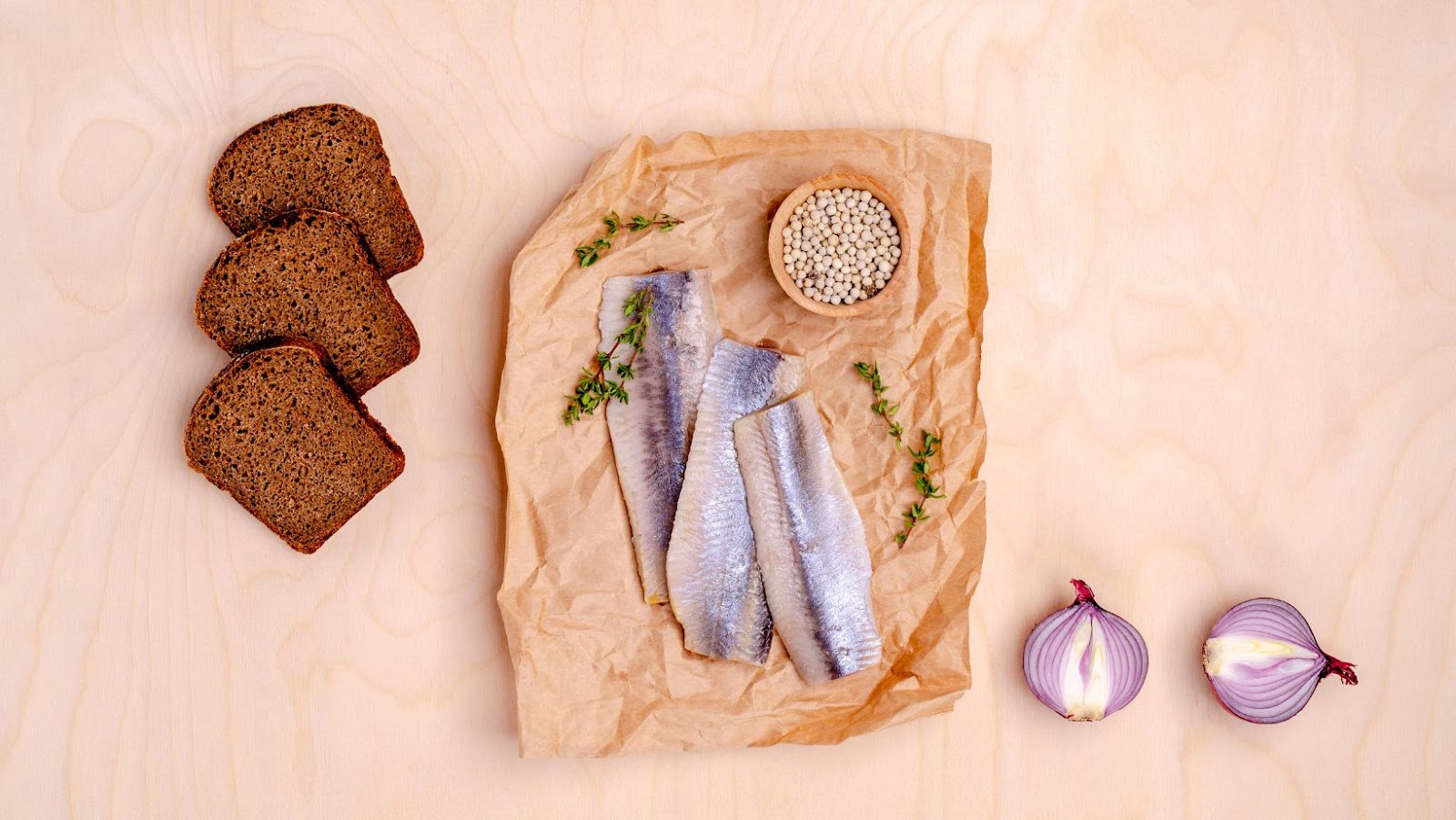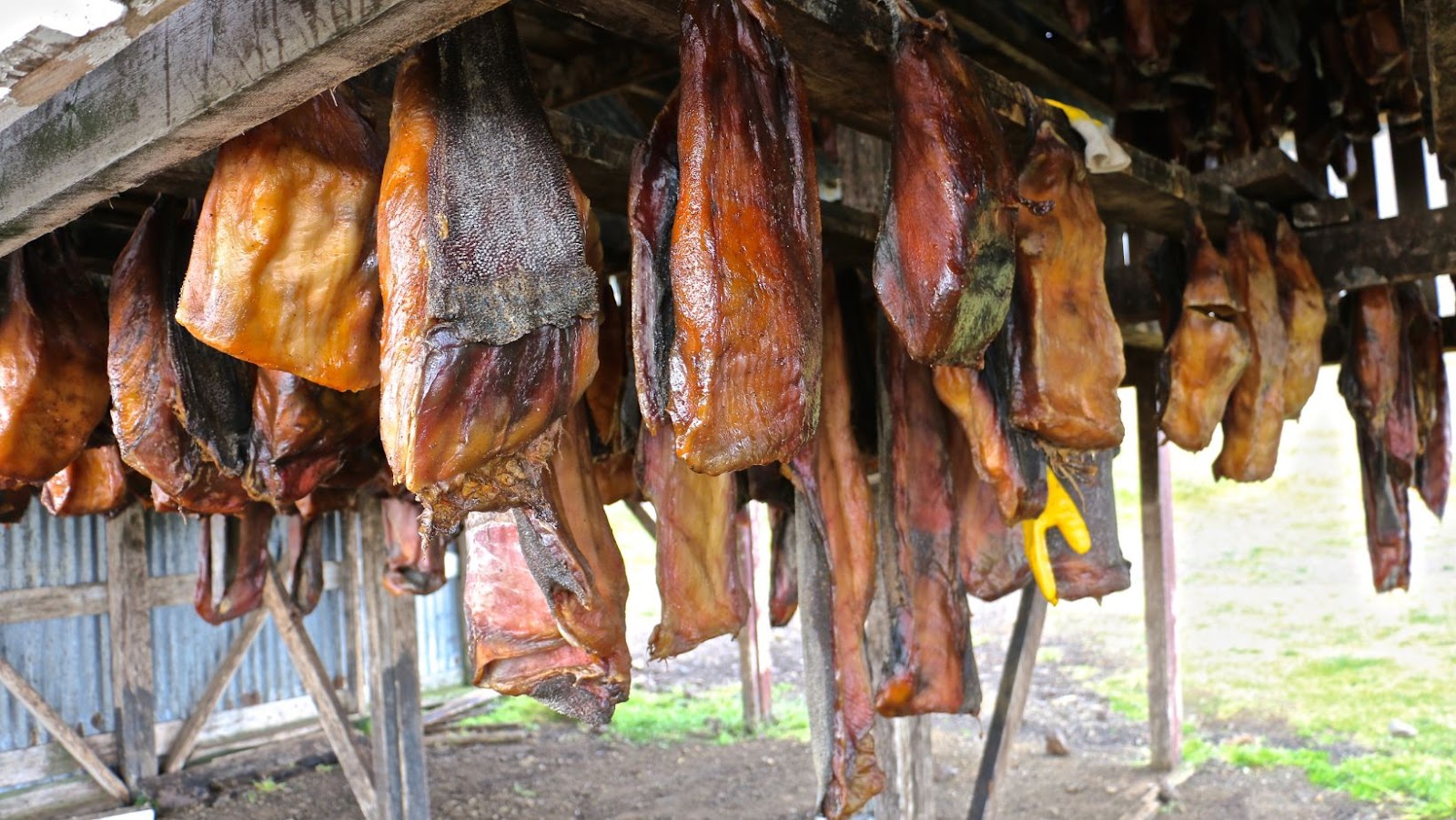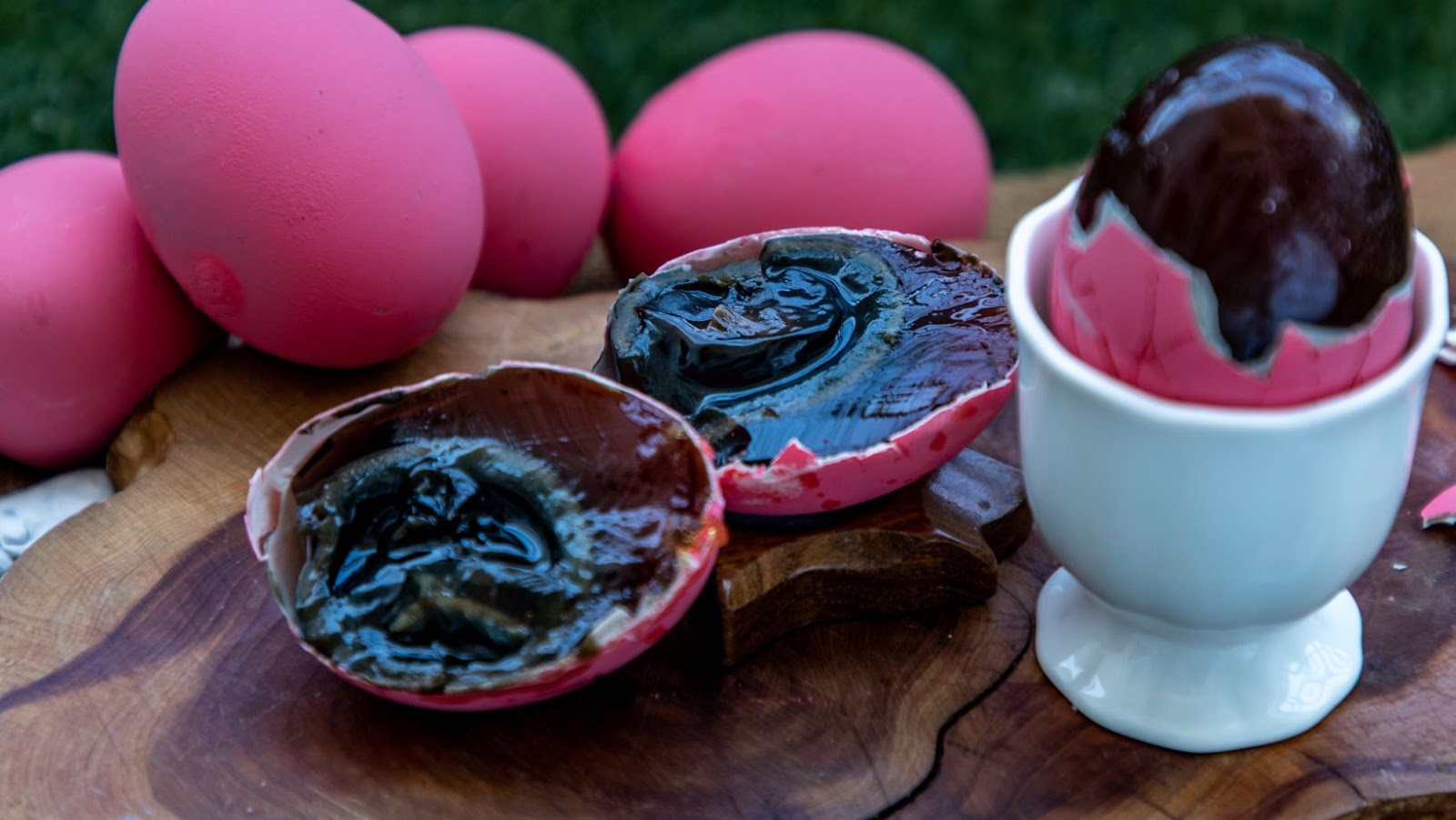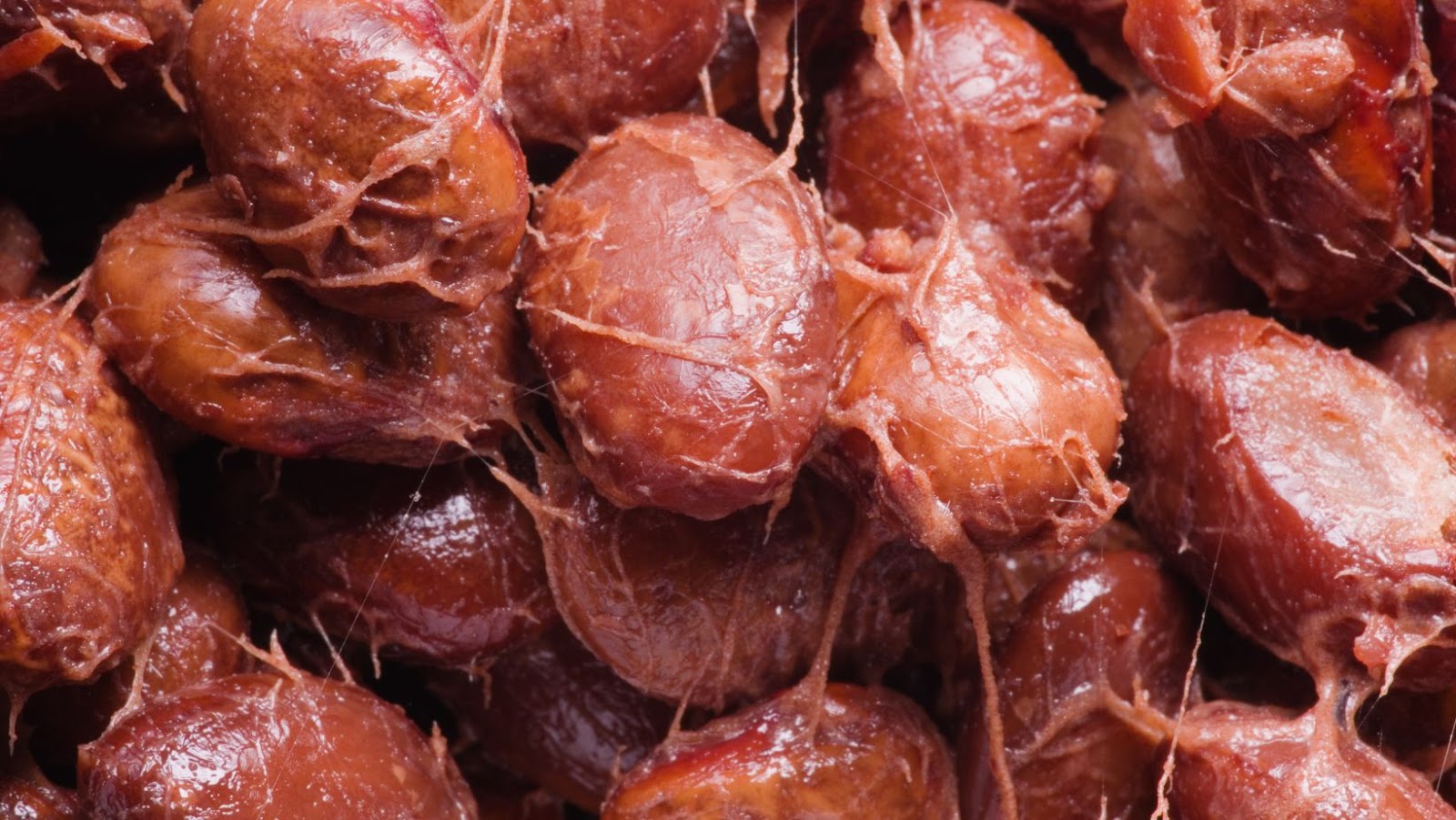What is the Grossest Food in the World
In understanding what qualifies as the What is the Grossest Food in the World, one must consider the diverse phobias and personal tastes that shape individuals’ perceptions of food. While some may cringe at the thought of consuming dishes like balut (developing bird embryo), others may find it a delicacy. These varying reactions highlight the subjectivity of grossness, influenced by personal experiences, cultural backgrounds, and individual preferences.
An individual’s upbringing and exposure to local cuisine play a significant role in defining their threshold for What is the Grossest Food in the World. What may be considered repulsive in one culture could be a celebrated specialty in another. For example, the Icelandic dish Hákarl, made from fermented shark meat, is perceived as a traditional delicacy in Iceland but might evoke strong aversion in individuals from different cultural backgrounds.
 Surströmming: Sweden’s Fermented Herring
Surströmming: Sweden’s Fermented Herring
Surströmming, a traditional Swedish dish, is renowned for its overpowering aroma that poses a challenge to even the most What is the Grossest Food in the World. The fermentation process used to prepare this delicacy results in a pungent smell that can be detected from several meters away. Opening a can of surströmming unleashes a strong stench often compared to rotten eggs mixed with rancid butter.
Despite its off-putting smell, surströmming offers a unique flavor profile that intrigues those brave enough to try it. The fish undergoes a fermentation process that results in a complex taste featuring salty, tangy, and umami notes. Surströmming is typically enjoyed with crispbread, onions, and sometimes potatoes to balance its intense flavors.
 Hakarl: The Rotting Shark of Iceland
Hakarl: The Rotting Shark of Iceland
Hakarl, the notorious Icelandic dish made from the Greenland shark, is renowned for its pungent smell and unique texture. The preparation process involves burying the shark underground for several weeks to ferment, leading to its distinctive odor reminiscent of strong household ammonia. When served, Hakarl features a rubbery texture with a strong aftertaste, challenging even the most adventurous palates. The fermentation method used in creating Hakarl gives it a one-of-a-kind texture that sets it apart from other culinary experiences.
 Century Egg: China’s Preserved Delicacy
Century Egg: China’s Preserved Delicacy
Century eggs, a traditional Chinese delicacy, are notorious for their unappetizing appearance and strong ammonia-like odor. These preserved eggs undergo a unique preservation process, involving a mixture of clay, ash, quicklime, salt, and rice husks for several weeks to several months. The result is a blackened egg white with a dark green or gray yolk, visually off-putting to many.
The intense smell of century eggs comes from hydrogen sulfide and ammonia, which are released during the fermentation process. This combination creates a pungent and strong odor that can be challenging for those unaccustomed to it.
 Casu Marzu: Sardinia’s Maggot Cheese
Casu Marzu: Sardinia’s Maggot Cheese
Casu Marzu, a traditional Sardinian cheese infested with live insect larvae, raises significant legal and health concerns. In the European Union, this cheese is considered illegal due to health hazards associated with consuming live maggots. The EU deems it unfit for human consumption, leading to a ban on its production and sale.
Although considered a delicacy by some, the consumption of Casu Marzu poses several health risks. The live maggots in the cheese can survive the digestive process and potentially cause intestinal discomfort, leading to infections or illness. Additionally, the cheese’s fermentation process, accelerated by the larvae, can result in high levels of ammonia that may be harmful when ingested.
 Durian: Southeast Asia’s ‘King of Fruits’
Durian: Southeast Asia’s ‘King of Fruits’
Durian, known as Southeast Asia’s ‘King of Fruits,’ is a polarizing delicacy that elicits strong reactions due to its distinctive smell and creamy texture. Loved by some and reviled by others, this fruit’s odor has been likened to rotting onions, turpentine, and even gym socks. Despite its divisive nature, Durian boasts a loyal following of enthusiasts who relish its unique flavor profile.
The creamy controversy surrounding Durian arises from its custard-like consistency, which can be off-putting to those unfamiliar with this exotic fruit. Its rich, buttery taste with hints of almond and caramel appeals to many connoisseurs, creating a sensory experience that transcends its initial pungent aroma.
